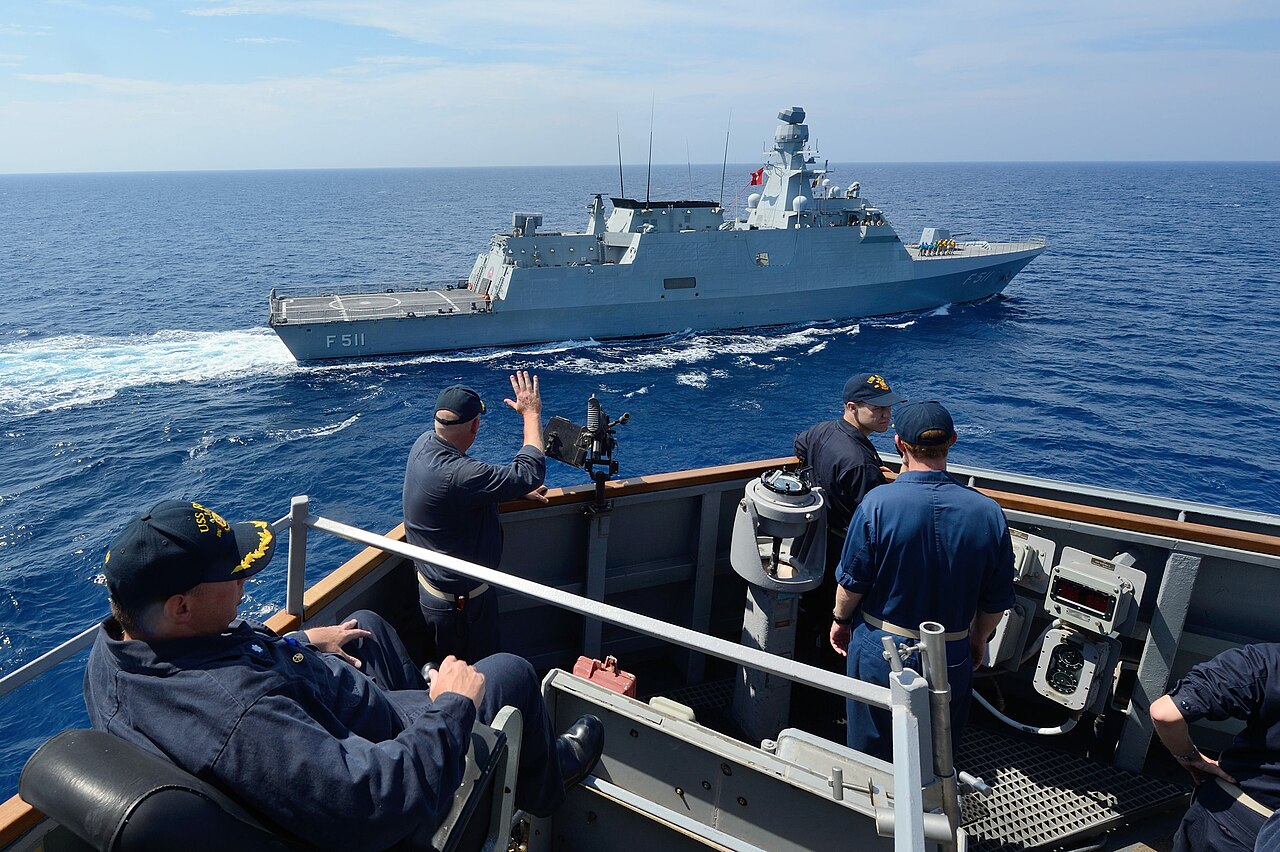Penguin
ELITE MEMBER

- Joined
- Jan 11, 2009
- Messages
- 13,047
- Reaction score
- 56
Littoral combat ship (LCS) is a role description (for a type of ship not falling in traditional categories), the successor Small Surface Combatant (SSC) is a size descriptor and will result in a frigate. These are names given to US government ship programs. Likewise, the Dutch Zeven Provincien class frigate comes from the LCF program (Luchtverdedigings en commando fregat > air defence and command frigate). In a sense, the Danish StanFlex comes closer to LCS than any other, but this covers the systems carried and not so much the ship(s) themselves.Really then why not classify them as corvettes instead of having a New Hull Classification? An example can be made for admiral gorshkov , though the West classified it as an aircraft carrier. The Russian Term it as an Aircraft carrying Heavy Cruiser
On what grounds would you classify the Freedom LCS or Independence as corvette? I.e. by what classification system?
Really then why not classify them as corvettes instead of having a New Hull Classification? An example can be made for admiral gorshkov , though the West classified it as an aircraft carrier. The Russian Term it as an Aircraft carrying Heavy Cruiser
On the basis of what criteria? LCS is a new type in that it can 'swing role' between MCM, fast patrol, ASW, ASuW, ISR, SpecOps, logistics etc. Due to its modular design, the LCS will be able to replace slower, more specialized ships such as minesweepers, fast attack/patrol boats, and larger assault and logistics ships. In a sense, the Danish STANFLEX is the closest analogy, but that switched hull rather than systems.
- Generally, a destroyer is considered to be a ship that has all of the sensors (including a sophisticated phased-array radar), combat systems, and weapons needed to operate in a high-threat environment.
- A frigate is generally the smallest surface combatant that can conduct extended blue-water missions in a high-threat environment.
- Corvettes are generally the smallest platforms capable of accommodating the sensors, weapons, and combat systems needed to operate in a medium threat environment. Corvettes are sometimes referred to as light frigates (FFLs).
Originally from http://www.amiinter.com/nspd_sample.html (no longer exits)
Currently http://www.amiinter.com/pagex.php?pg=vesseltypes






 . Also i'm fascinated by the kuznetsov having 12 AShm under her flight deck ! Not ur traditional aircraft carrier!
. Also i'm fascinated by the kuznetsov having 12 AShm under her flight deck ! Not ur traditional aircraft carrier!





























